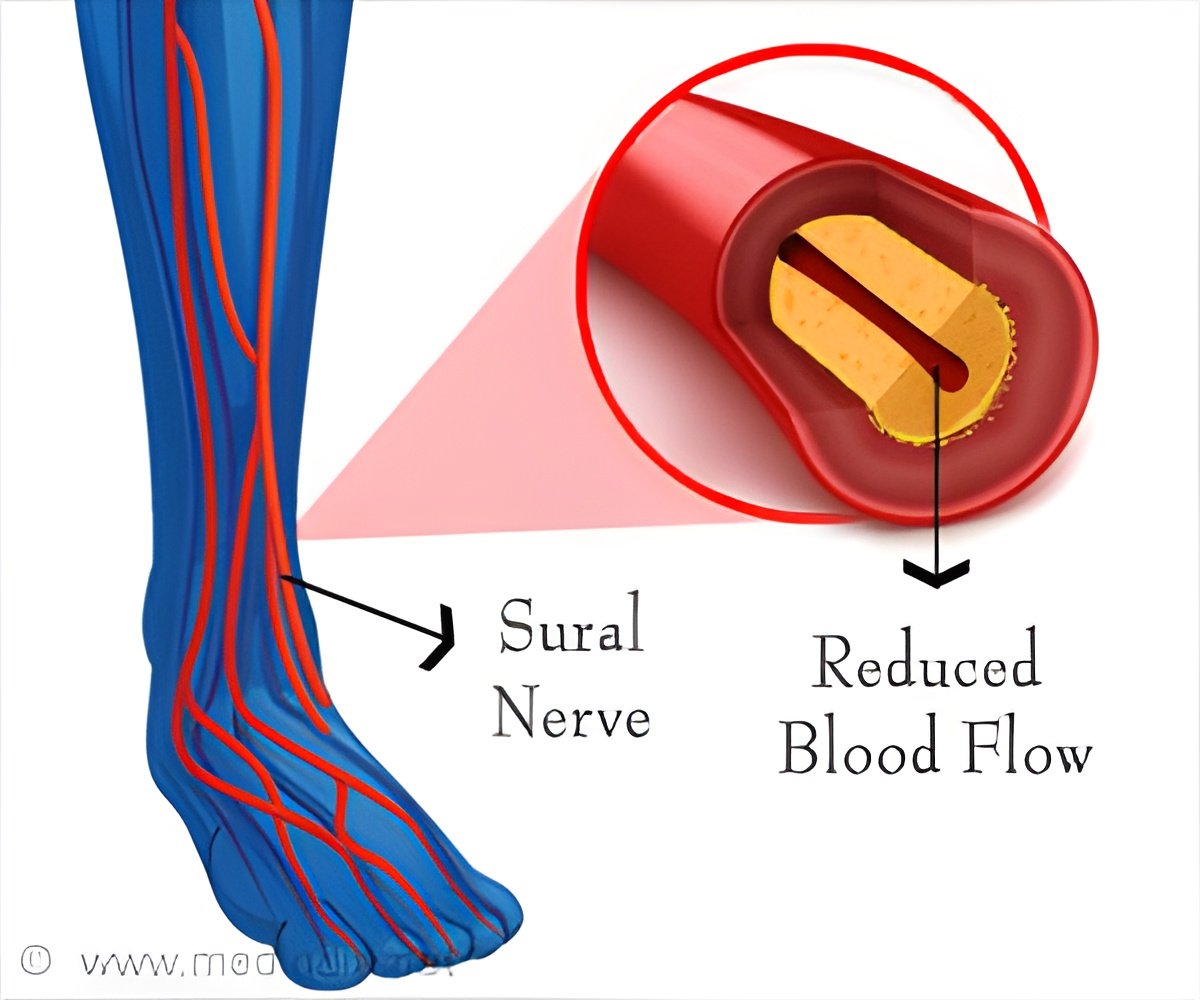Researchers identify a sensory pathway for toxic molecules linked to diabetes and natural compounds that may provide new therapies for diabetic complications..

‘The diabetic related complications can be limited by boosting the activity of TRPA1 with the help of novel compounds that slow the accumulation of toxic molecules like Methylglyoxal (MGO) which is formed from glucose in the body.’





Scientists identified two natural compounds, including the supplement alpha-lipoic acid, which prevented nerve damage in worms experiencing a similar hypersensitivity to touch as do humans who suffer from diabetic neuropathy. The compounds essentially cured the nematodes of the condition.The aging of the population highlights the need for therapies, given that in the US nearly 27% of all adults 65 or over are afflicted with diabetes.
The life-threatening complications of type 2 diabetes include neurodegeneration, cardiovascular diseases, and kidney failure.The American Diabetes Association says about half of all people with diabetes have some form of nerve damage.
This research focused on identifying the root cause for diabetic neuropathy, a dysfunction of the peripheral nerves, which can cause numbness, weakness, and pain.
"We realize that it is a huge leap between humans and C. elegans, but it's important to note that the pathway involved in neuropathy is conserved among species," said Buck professor Pankaj Kapahi, PhD, senior scientist on the study. "We now have a good model and a novel pathway that allows us to study many of the complications of diabetes. We also have novel compounds that slow the accumulation of these toxic molecules and show real promise in alleviating a very painful condition."
Advertisement
Kapahi says those who want to see AGEs form in real time just need to put some meat in a hot skillet. "The browning that you see when you sear meat is an example of the AGEs-related cross-linking that occurs in proteins," he said.
Advertisement
Researchers identified a critical sensor for MGO, a protein called TRPA1 (and a similarly named pathway) that responds to high MGO in the body and detoxifies them. "TRP (Transient Receptor Potential) ion channels are evolutionarily conserved proteins that function in sensing many stimuli," said Chaudhuri. "Of them, TRPA1 is a well-known mechanosensory receptor that responds to many noxious stimuli - including pain. Because our model exhibited mechanosensory phenotypes we examined if it played a role in diabetic neuropathy."
They boosted the activity of TRPA1 by feeding the nematodes alpha-lipoic acid and podocarpic acid, a compound found in the bark of a conifer that grows in Australia and New Zealand. Bose said the results were dramatic. "The worms were no longer hypersensitive to touch, they moved normally, they exhibited no neuronal damage and lived a long healthy life. Our work demonstrates that TRPA1 activity is critical in limiting diabetic complications."
Alpha-lipoic acid is an antioxidant naturally found in organ meats such as liver and kidney as well as in yeast, spinach and broccoli. It is also available as a supplement. Several human studies suggest that alpha-lipoic acid helps lower blood sugar levels. It has been used for years to treat the symptoms of peripheral diabetic neuropathy in Germany, where it is most commonly administered in high doses intravenously.
Kapahi added that the short-lived worm provides a way to get to the root cause of diabetic complications, and also facilitates rapid drug discovery. "It can take decades for symptoms to develop in humans - in the worm we see problems within two weeks."
He also thinks the findings could help hone in on research on substances that are known to activate TRPA-1, such as cinnamon, garlic, and wasabi. "There is some evidence that people who eat spicy food are protected against diabetes," said Kapahi. "Maybe it's because of TRPA-1."
Researchers in the Kapahi lab will next focus on AGEs and their implications for Alzheimer's and Parkinson's diseases. They want to see if they can rescue mice who suffer from conditions increasingly linked to type 2 diabetes.
Source-Medindia















